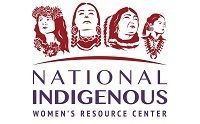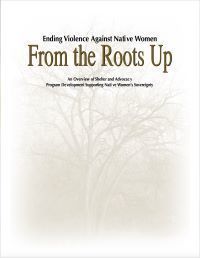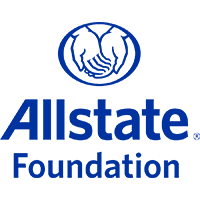This page contains best practices, materials, and resources related to trauma informed care.
In this section you will find a collection of tools, information and resources on trauma informed care.
-
One control tactic used by abuses involves controlling the finances of the household. Abusers may limit the survivor’s options by not allowing access to checking accounts, credit card, other sources of money or even financial independence. Our society tends to focus on getting the survivor away from the perpetrator, but we provide very little in the way of financial assistance to allow her to remain financially independent. This session will provide information about economic abuse and emerging practices or programs addressing this serious issue.
-
Methamphetamine has been identified as one of the largest threats to public safety in Indian Country. Tribal sources have attributed it to higher rates of domestic violence, assaults, burglaries, and child abuse and neglect on reservations and in tribal communities. 74% of tribal police forces rank meth as the greatest drug threat to their communities; 40-50% of violent crime cases investigated by the FBI in Indian country involve meth in some capacity; and 64% of tribal police indicate an increase in domestic violence and assault/battery. The complex nature of criminal jurisdiction on Indian reservations, along with historically under funded and understaffed health care, treatment facilities and law enforcement have resulted in major challenges for tribes to address this problem. In this webinar panel presentation you will learn more about meth; its’ impact on domestic violence programs and shelters; what larger environmental and public safety concerns come into play; and what tribes are doing to meet this challenge.
-
This resource offers a basic outline for the development of shelters and advocacy programs serving Native women who are battered or raped and their children. It provides an overall picture of elements and steps necessary ina establishing a shelter. This booklet also inspires critical thinking and dialogue about the assumptions we bring to our work to stop violence against Native women.
-
This study investigated the relationship between familial residential school system (RSS) exposure and personal child welfare system (CWS) involvement among young people who use drugs (PWUD).
-
In the beginning, the movement to end violence against women started as a grass-roots effort of women helping women. Soon shelters were started to create a safe, temporary space for women and their children who were fleeing the violence. With the advent of shelters came the institutional process of housing women in rule-driven environments. The subject of rules in the shelter is a topic that comes up again and again. This timely and important webinar asks the question, “What would happen if there were no rules? Please join tribal domestic violence shelter directors and advocates as we explore the multitude of issues and challenges that come into play such as: age/sex of children; chores; medication; alcohol and drug use; confidentiality; food; curfew; support groups and sign-in/sign-out sheets.
-
In this webinar, Natalie Clark examined the beginnings of a trauma practice framework that is Indigenous, intersectional and holistic and that considers how experiences of trauma and of healing are shaped by the interlocking impact of Indigeneity, age, gender, sexuality, and (dis) ability, among others. She discussed the development of Indigenous intersectional, trauma-informed and culturally safe practice approaches with people of different age groups. Ms. Clark also described how to assist Indigenous peoples in understanding and improving their coping responses to daily triggers including the impact of experiences of racism, poverty, sexism, and colonialism.
-
Experiencing Domestic Violence and other multiple forms of abuse and oppression affects how we think and feel and sets the basis for our relationships with family, friends, community and service providers. This webinar will provide a holistic and integrated framework for responding to trauma and mental health in the context of domestic violence. It will look at the critical role of trauma-informed care in supporting healing and resiliency, both individual and community; and how a trauma-informed approach can strengthen and enhance advocacy work by increasing understanding of the psychological consequences of individual, collective and historical trauma and how this understanding and awareness supports survivors’ access to and experience of services.
-
World Elder Abuse Awareness Day (WEAAD) began ten years ago in 2006 by the International Network for the Prevention of Elder Abuse and the World Health Organization at the United Nations to provide an opportunity for people and communities around the world “to promote a better understanding of abuse and neglect of older persons by raising awareness of the cultural, social, economic and demographic processes affecting elder abuse and neglect.” WEAAD serves as a call-to-action for individuals, tribal nations, organizations, and communities to raise awareness about elder abuse, neglect, and exploitation. The abuse, neglect and exploitation of our elders occurs in every culture. It can happen to anyone. Everyday in this country, countless numbers of older persons are abused, neglected and exploited. It is estimated that in the US, our elders lose more than $2.6 billion due to elder financial abuse and exploitation, often depriving them of basic needs such as food, shelter and medical attention.





